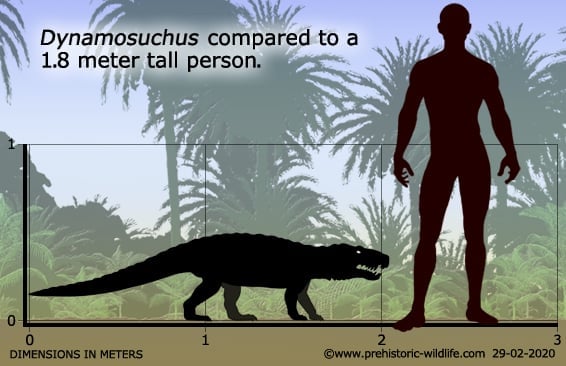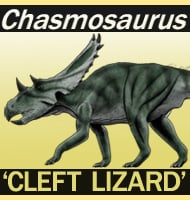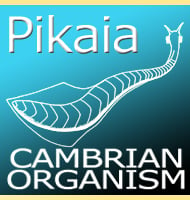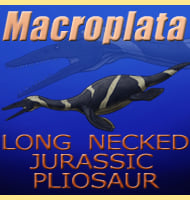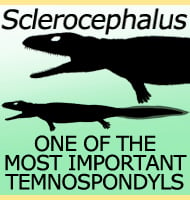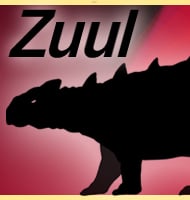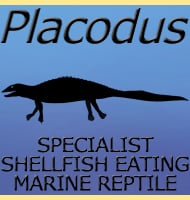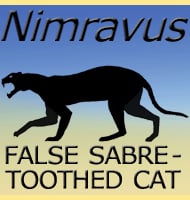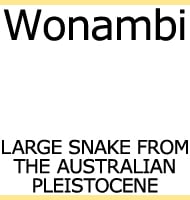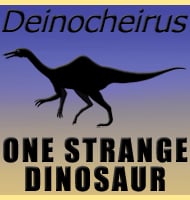In Depth
A lot of painstaking work was undertaken by palaeontologists rebuilding this animal, and when they done they found out that they had the first ornithosuchian known from Brazil. Like relative genera, Dynamosuchus had a hooked notch in its upper jaw between the premaxilla and maxilla (the two tooth bearing bones of the upper jaw) and large teeth. Dynamosuchus has been noted as being similar to the genus Venaticosuchus which is known from Argentina.
Dynamosuchus is noted for having two rows of osteoderms that ran down the length of the back, perhaps a specialisation to help protect the back from larger predators biting down on top of it. Although principally quadrupedal, ornithosuchians like Dynamosuchus are thought to have at least been capable of rearing up on just their hind legs.
Dynamosuchus itself, while a meat eater may have been more of a scavenger than an active carnivore. This is based upon assessment of the teeth and jaw structure suggesting that Dynamosuchus was capable of inflicting very powerful bites (the inspiration of the name which means ‘powerful crocodile’), Dynamosuchus did not seem to be able to do so very quickly. This may not have been such a drawback though as there were a great many other types of predators active in South America during the Triassic which would have been leaving partially eaten remains all over the place. With that said however, even a carnivore more predisposed to scavenging could potentially kill sick and injured animals fairly easily.
The Dynamosuchus holotype specimen was recovered from brazils Santa Maria Formation, meaning Dynamosuchus likely shared the same habitat as other animals such as rhynchosaurs like Hyperodapedon, cynodonts like Exaeretodon, sauropodomoprh dinosaurs like Bagualosaurus and Saturnalia, and predatory dinosaurs such as Gnathovorax. These are but a small example of the very diverse fauna of Brazil’s Santa Maria Formation.
Further Reading
- The first ornithosuchid from Brazil and its macroevolutionary and phylogenetic implications for Late Triassic faunas in Gondwana. - Acta Palaeontologica Polonica.- Rodrigo T. M�ller, M. Bel�n Von Baczko, Julia B. Desojo & Sterling J. Nesbitt - 2020.
